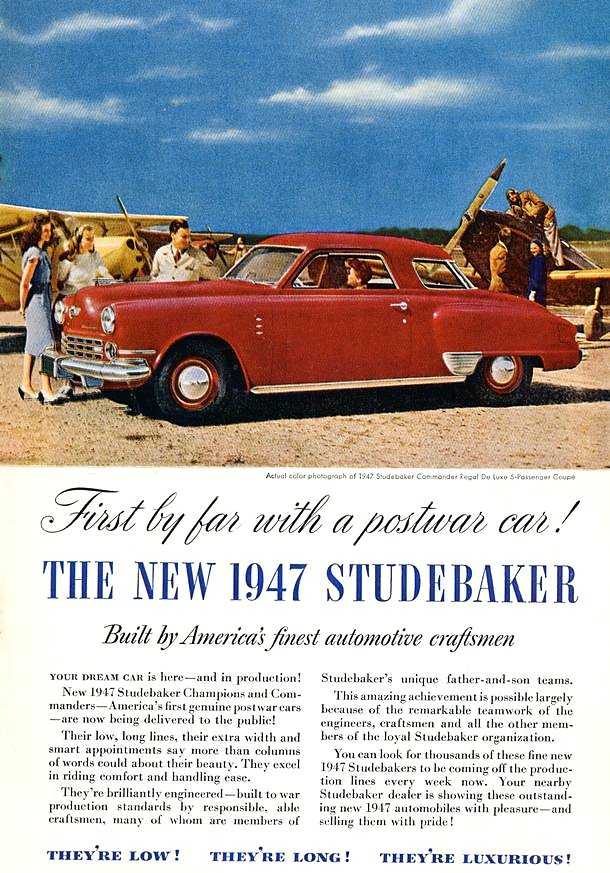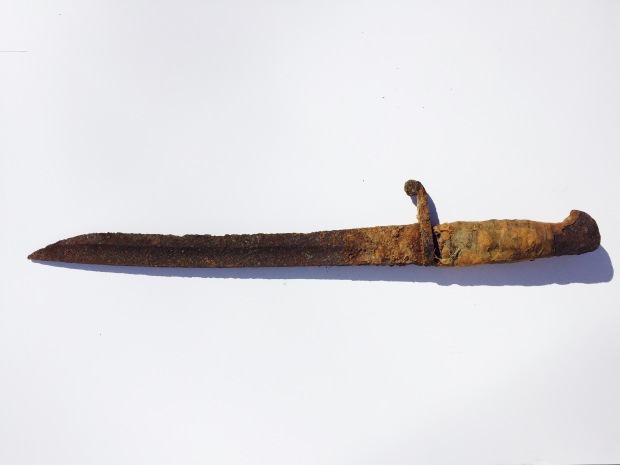Ottawa has been home to a number of secret projects throughout history, from bat-like flying wings developed at the National Research Council to the world’s first UFO monitoring station, this city is no stranger to strange projects. At the height of World War 2, the Nation’s Capital was home to National Research Council classified development programs, some we may never hear about again. These classified programs included the development of atomic energy, radar technology and the lesser known development of a classified top secret vehicle to take down snow bound Nazis. Part of an elaborate plan dubbed “OPERATION PLOUGH”, Ottawa staff designed a snow vehicle that would see service in the US Armed Forces, but is rarely acknowledged as such. Here is the story of Ottawa’s top secret WW2 program to develop what is known as the WEASEL.

The Sussex Drive National Research Building where secret WW2 projects were developed. (photo: NRC)
During World War 2 the chief industrial threat was the creation of heavy water used in the German atomic weapon research at Rjukan in Norway. In March 1942 an eccentric British inventor by the name of Geoffrey Pyke proposed an idea called Project Plough to Lord Louis Mountbatten, Chief of Combined Operations Headquarters in England. This idea would see Allied commandos be parachuted into Norwegian mountains and establish a base on glaciers for commando attacks against the German army stationed there. These troops would be equipped with a radical new snow vehicle to disarm the Nazis and prevent Hitler from further developing nuclear capabilities. The special forces would require a snow vehicle that would be light enough to be carried in aircraft and dropped by parachute and be durable powerful and able to climb through all types of snow.

The Ottawa designed WEASEL, as produced by Studebaker in WW2.
The British realized they did not have the industry or capacity to produce a snow vehicle and called upon their US counterparts to devise this special snow vehicle. They in turn decided to call upon another ally with much experience with snow and cold: Canada.
The newly formed National Research Council in Ottawa was commissioned to work on this ambitious project due to their recent research on ski and snow science. Also of value to this special project was an employee of Ottawa’s NRC, George Klein who had developed the special ski science that focused on the interaction of snow and ice with certain materials.

The classified vehicle developed in Ottawa was to be used by the infamous Devil’s Brigade (1968 film poster)
This top secret snow vehicle project was thus headed by Klein and the NRC in Ottawa for Operation Plough, headed by a crack commando team the “Devil’s Brigade” which comprised of elite Canadian and US personnel. Klein and his Ottawa team would develop a secret snow vehicle called the WEASEL.

George Klein, who developed the WEASEL and would later aid in the development of the Canada Arm for NASA’s space shuttle.
Originally called code name PLOUGH, the vehicle was developed in Ottawa under the guidance of Mr. Klein, an inventor who would later develop the CanadaArm for NASA’s Space Shuttle, the electric wheelchair and the Canadian CANDU nuclear reactor. In June of 1942 Mr. Pyke from Great Britain came to Ottawa and both he and Klein poured over design ideas at the Chateau Laurier for this new secret snow vehicle. Klein got to work immediately and the vehicle was developed at the NRC labs on Sussex Drive in Ottawa while the Americans put together an operational training force in Montana to train in snow conditions.

Klein and Pyke drew up plans for the classified snow vehicle at the Chateau Laurier in 1942. (photo:Wikipedia)
Canadians were already ahead of the game having their 1st Canadian Special Service Battalion in operation before merging with this new American task force dubbed the Devil’s Brigade. The newly formed commando unit would require a unique WEASEL vehicle for Operation Plough in the winter of 1942-43 which gave the NRC less than 12 months to come up with a working prototype. Kevin delivered a prototype model from the Ottawa NRC research labs and the US military contracted the Studebaker Corporation to manufacture the vehicle in the numbers needed for Operation Plough. Studebaker used a Model 6-170 Champion engine, a 6 cylinder 169.6 cu in (2,779 cc) cubic inch 4-stroke engine running on 72 octane gasoline delivering 70 bhp at 3,600 rpm.

Klein’s Ottawa design would have full tracks of rubber instead of the usual half tracks with skis and the use of all rubber wheels and rubber faced sprockets so ice and snow would not jam the mechanisms during cold operations. The Studebaker engineers went with an all metal track against Kein’s wishes and so he developed his own rubber track at the Rubber Labs here in Ottawa. After the prototype WEASELS underwent tests in the Alberta snow, the metal tracks and components iced up and it was realized that Klein’s rubber idea was needed.

US automaker Studebaker manufactured the Ottawa-born WEASEL.
Studebaker then produced 15,000 of the Ottawa born Weasels, but Operation Plough in Norway was cancelled and the unique vehicle was used instead in Normandy invasion, the swamps of the Pacific Theatre and after the war in both Arctic and Antarctic explorations where its uniquely Canadian design abilities to deal with snow and ice were put to good and reliable use.

The WEASEL in its element carrying WW2 troops through snow.
The M29 Weasel was in service with the US Army but it is rarely attributed to being designed here in Ottawa. Perhaps for our 2017 celebrations we can have one drive down Sussex Drive in honour of the Ottawa ingenuity that has been kept modestly quiet behind Ottawa doors for so many years.
Sources
George J. Klein: The Great Inventor
By Richard I. Bourgeois-Doyle, National Research Council Canada, National Research Council Canada. Monograph Publishing Program. 2004
















